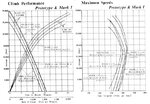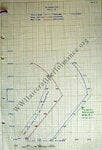GrauGeist
Generalfeldmarschall zur Luftschiff Abteilung
My God, looking at these test results shows clearly how the Japanese Navy was able to destroy the US Navy.
If only the Americans had Spitfires, they may have won the Pacific War...
If only the Americans had Spitfires, they may have won the Pacific War...


